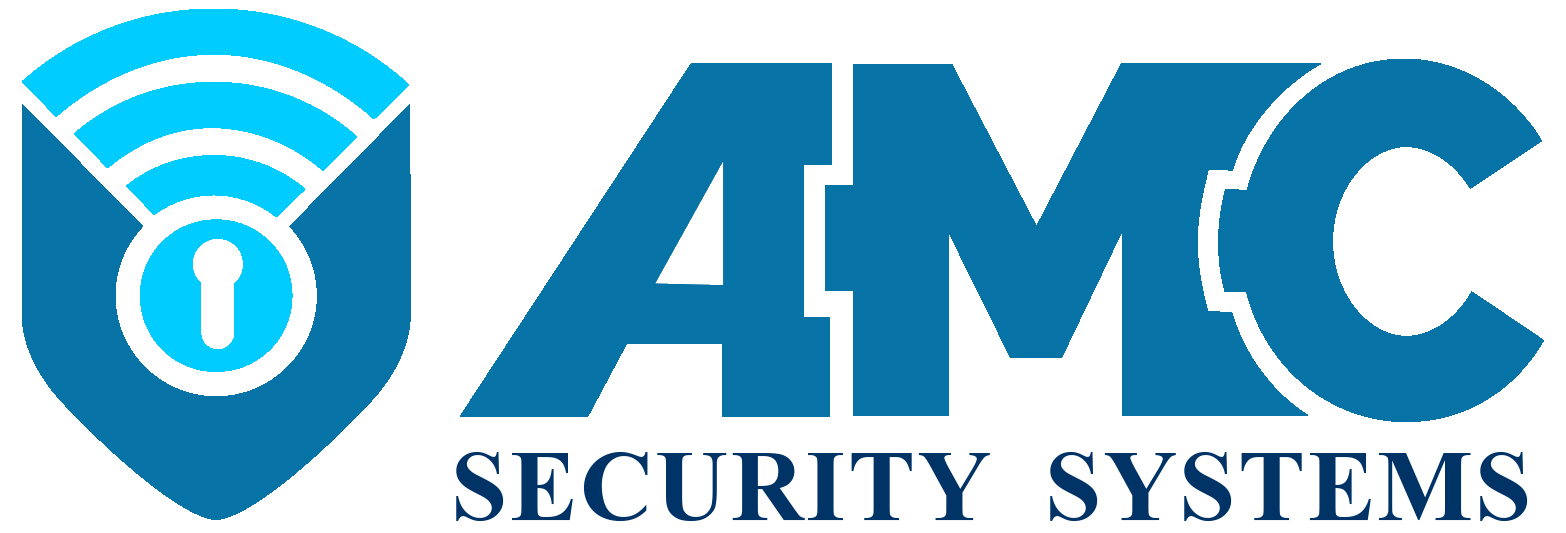Embracing the Future: A Guide to Home Automation

In an era where technology is advancing at an unprecedented pace, home automation has emerged as a revolutionary trend, transforming houses into intelligent, interconnected spaces. This innovative integration of technology not only enhances convenience but also contributes to energy efficiency, security, and overall well-being. In this guide, we’ll explore the fascinating world of home automation, from its basic principles to its diverse applications.
Understanding Home Automation: Home automation involves the use of smart devices and systems to control and automate various aspects of a home. These devices are connected to a central hub, often accessible through a smartphone or tablet, allowing users to manage and monitor their homes remotely. From lighting and thermostats to security cameras and smart appliances, the possibilities are vast.
Smart Lighting: One of the simplest and most popular aspects of home automation is smart lighting. With programmable schedules and remote control, homeowners can adjust the brightness and color of lights to create specific moods or save energy. Motion sensors can also be integrated to automate lighting based on occupancy, making homes both smart and energy-efficient.
Climate Control: Smart thermostats take climate control to the next level. These devices learn user preferences and adjust temperatures automatically, optimizing energy usage. The ability to control heating, ventilation, and air conditioning (HVAC) remotely ensures a comfortable home environment while minimizing energy costs.
Security Systems: Home automation provides advanced security solutions, including smart doorbell cameras, surveillance cameras, and smart locks. Users can monitor their homes in real-time, receive alerts, and even remotely grant access to trusted individuals. Integration with motion sensors and alarms enhances overall security.
Entertainment Systems: Transform your home into a multimedia haven with automated entertainment systems. Smart speakers, smart TVs, and home theater systems can be seamlessly integrated, allowing users to control audio and video components with voice commands or a single app.
Smart Appliances: From refrigerators to washing machines, smart appliances offer enhanced functionality and energy efficiency. Users can receive notifications about appliance status, schedule tasks, and even start or stop appliances remotely.
Voice Control and Integration: Many home automation systems incorporate voice control through virtual assistants like Amazon Alexa or Google Assistant. This enables users to control various devices and systems with simple voice commands, adding an extra layer of convenience to the smart home experience.
Energy Efficiency: Home automation contributes significantly to energy conservation. By optimizing lighting, heating, and appliance usage, homeowners can reduce energy consumption and lower utility bills. Smart home systems often provide insights into energy usage, empowering users to make informed decisions.
